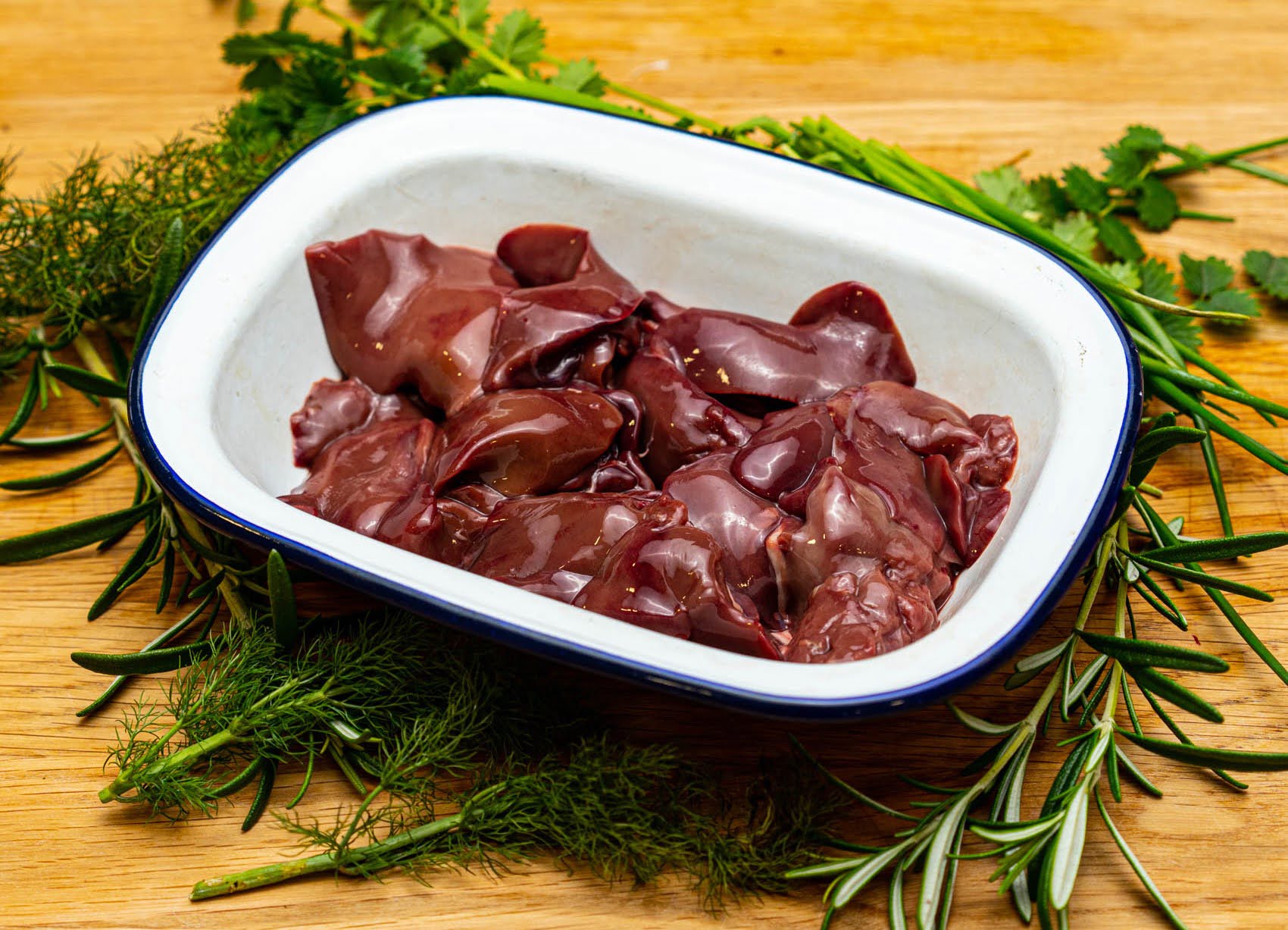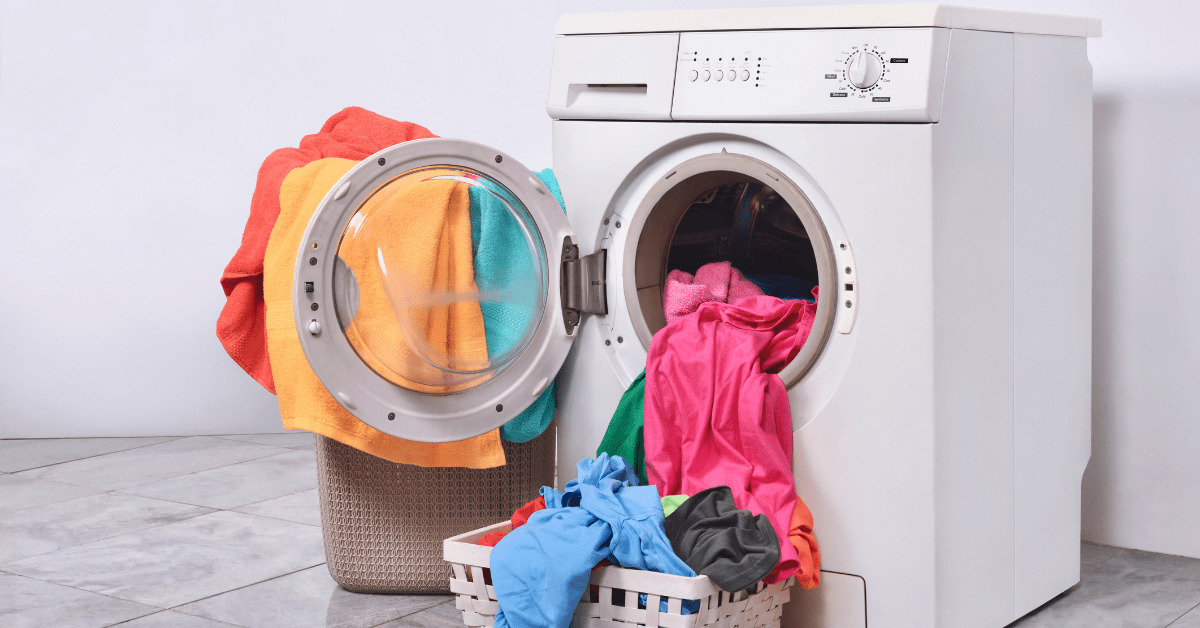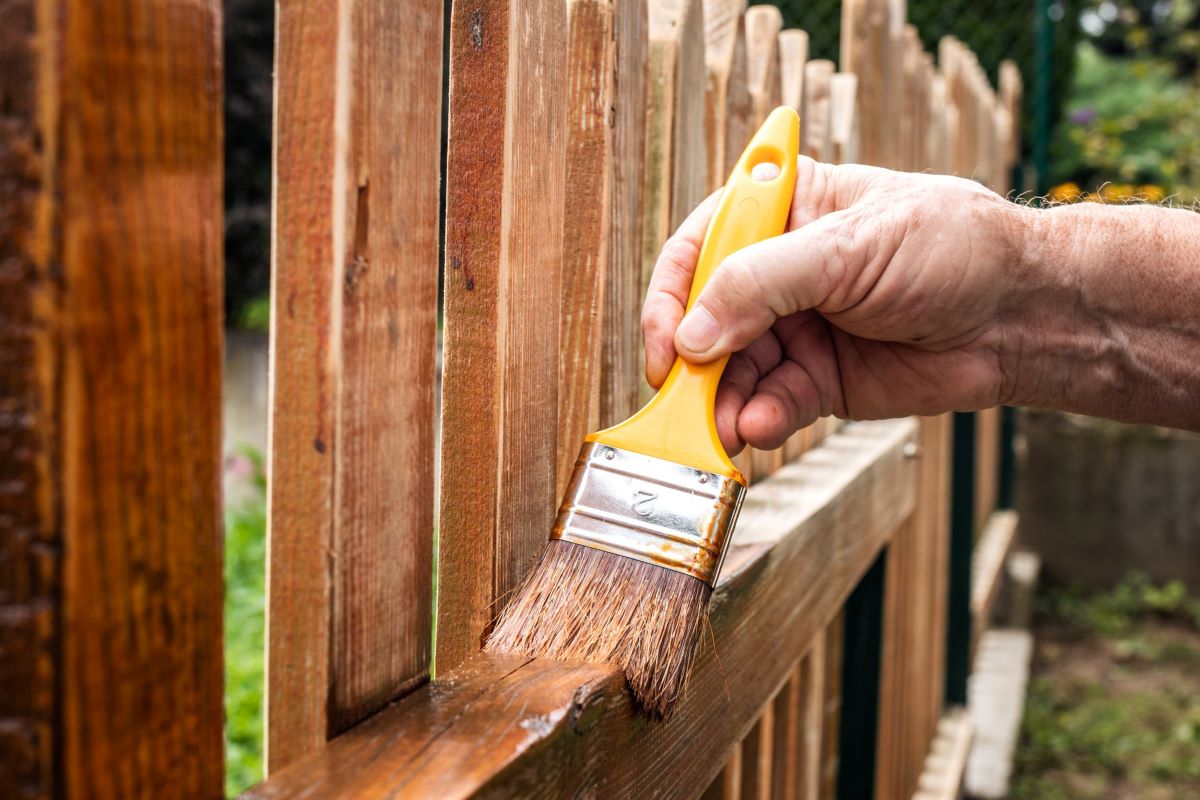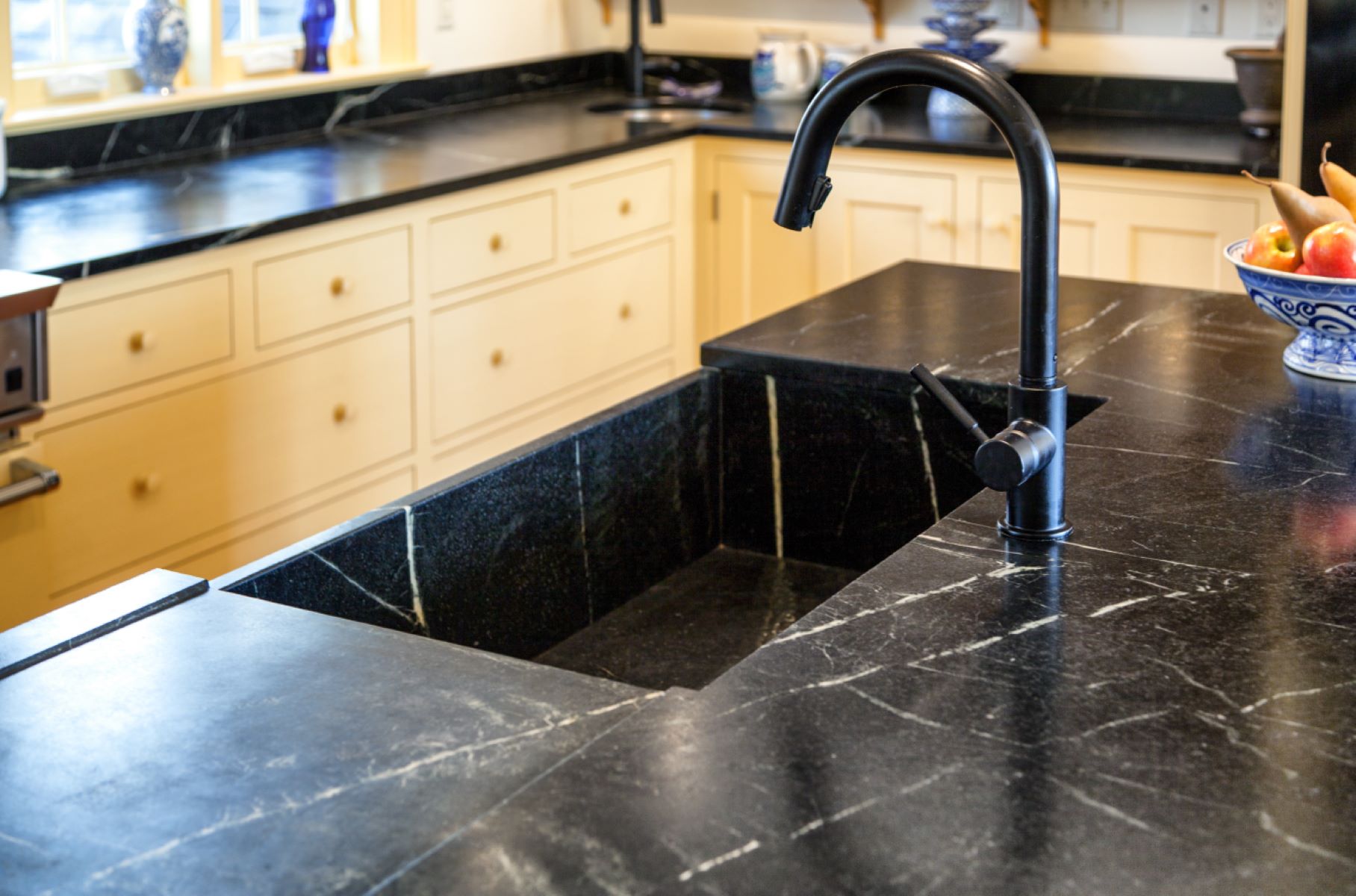Home>Articles>How To Store Liver To Maintain Taste, Texture, And Nutritional Value


Articles
How To Store Liver To Maintain Taste, Texture, And Nutritional Value
Modified: December 7, 2023
Learn the best way to store liver with our informative articles. Keep your liver fresh and maintain its nutritional value for longer.
(Many of the links in this article redirect to a specific reviewed product. Your purchase of these products through affiliate links helps to generate commission for Storables.com, at no extra cost. Learn more)
Introduction
Liver is a highly nutritious and versatile organ meat that is often enjoyed as a delicacy in many cuisines around the world. Packed with essential vitamins, minerals, and protein, liver is not only delicious but also offers a wide range of health benefits. Whether you’re a fan of beef liver, chicken liver, or any other type of liver, proper storage is crucial to ensure its freshness and quality.
In this article, we will explore the best practices for storing liver to maintain its taste, texture, and nutritional value. From tips on buying fresh liver to storing it in the refrigerator or freezer, we’ll cover everything you need to know to keep your liver in optimal condition.
Key Takeaways:
- Ensure the freshness and quality of liver by purchasing from reputable sources, inspecting for color and firmness, and considering the source of the liver for optimal taste and nutritional benefits.
- Properly prepare and store liver by trimming, cleaning, and optionally marinating it before refrigerating or freezing. Follow storage guidelines to maintain its freshness, flavor, and nutritional value for delicious meals.
Tips for Buying Fresh Liver
When purchasing liver, it’s important to select the freshest and highest quality cuts available. Here are some handy tips to help you make the right choice:
- Choose a reputable supplier: Look for a trusted butcher or a reliable source that specializes in providing fresh meat products. They are more likely to have quality liver available.
- Inspect the color and appearance: Fresh liver should have a rich, vibrant color. Avoid any liver that appears pale, discolored, or has dark spots, as these may indicate spoilage.
- Check for firmness: Gently press the liver with your fingers. It should feel firm and spring back slightly. Avoid any liver that feels excessively soft or mushy.
- Smell for freshness: Take a whiff of the liver. It should have a neutral or slightly sweet scent. Any strong or unpleasant odor is a sign of spoilage.
- Consider the source: If possible, opt for liver from organically-raised animals or those that have been pasture-fed, as they are likely to have a higher nutritional profile and be free from antibiotics or hormones.
By following these tips, you can ensure that you bring home the freshest liver possible, which will contribute to the overall quality of your dishes.
Preparing Liver for Storage
Before storing liver, it’s essential to properly prepare it to maintain its quality and prevent any potential bacterial growth. Here are the steps to prepare liver for storage:
- Trim and clean the liver: Start by removing any excess fat, connective tissue, or blood vessels from the liver. This will not only improve the taste but also enhance the storage longevity.
- Rinse the liver: Thoroughly rinse the liver under cold running water to remove any remaining impurities. Pat it dry with a paper towel.
- Season or marinate (optional): If desired, season or marinate the liver with your favorite herbs, spices, or marinades. This can add flavor and enhance the taste when you’re ready to cook the liver.
- Wrap or package the liver: Wrap the liver tightly in plastic wrap or place it in an airtight container. This will help prevent the liver from drying out and protect it from any potential cross-contamination in the refrigerator or freezer.
By properly preparing the liver before storage, you can ensure that it remains fresh and ready to use when you’re ready to prepare your favorite liver-based dishes.
Storing Liver in the Refrigerator
When it comes to storing liver in the refrigerator, it’s important to follow proper guidelines to maintain its freshness and prevent any risk of contamination. Here’s how you can store liver in the refrigerator:
- Choose the right temperature: Set your refrigerator to a temperature below 40°F (4°C). This will help slow down bacterial growth and maintain the quality of the liver.
- Store in the coldest part of the fridge: Place the wrapped or packaged liver in the coldest part of your refrigerator, such as the bottom shelf or meat drawer. This area maintains a more consistent temperature, reducing the chances of temperature fluctuations that can spoil the liver.
- Label and date the package: It’s a good practice to label the package with the current date before placing it in the refrigerator. This will help you keep track of the liver’s storage time and ensure you use it within a reasonable period.
- Keep away from strong odors: To prevent the liver from absorbing any strong odors from other foods in the fridge, store it in a separate compartment or wrap it tightly in multiple layers of plastic wrap.
- Consume within 1-2 days: Liver is best consumed when fresh. To enjoy its optimal taste and texture, try to use stored liver within 1-2 days of refrigeration.
By following these guidelines, you can store liver in the refrigerator in a way that maintains its quality and minimizes the risk of any foodborne illnesses.
Store liver in the coldest part of the refrigerator, ideally in the back. Use it within 1-2 days or freeze for longer storage. Wrap it tightly to prevent air exposure and potential spoilage.
Freezing Liver
If you have a surplus of liver or you want to extend its shelf life, freezing is a great option. Freezing liver not only helps preserve its freshness but also allows you to have it readily available whenever you need it. Here’s how you can freeze liver:
- Wrap the liver: Start by wrapping the liver tightly in plastic wrap or aluminum foil. This will provide an extra layer of protection against freezer burn and maintain the liver’s quality during freezing.
- Place in a freezer-safe bag or container: Once wrapped, transfer the liver to a freezer-safe bag or airtight container. Make sure to squeeze out any excess air from the bag to minimize the risk of freezer burn.
- Label and date the package: It’s important to label the package with the current date before placing it in the freezer. This will help you keep track of the liver’s storage time and ensure you use it within a reasonable period.
- Store in the freezer: Find a suitable spot in your freezer, preferably in the coldest area, and place the liver package there. Maintaining a temperature of 0°F (-18°C) or below is crucial for preserving the liver’s quality.
- Freeze for up to 3 months: Liver can be safely stored in the freezer for up to 3 months. While it may still be safe to eat beyond that timeframe, the quality may start to deteriorate.
By properly wrapping and freezing liver, you can ensure its long-term storage while preserving its taste, texture, and nutritional value.
Read more: How To Texture A Ceiling
Thawing and Using Frozen Liver
When it’s time to use the frozen liver, it’s crucial to thaw it properly to maintain its quality and safety. Here are the steps for thawing and using frozen liver:
- Transfer to the refrigerator: The best way to thaw frozen liver is to transfer it from the freezer to the refrigerator. Place the wrapped liver package on a plate or a shallow tray to catch any possible drips.
- Thawing time: Thawing liver in the refrigerator can take anywhere from 8 to 24 hours, depending on the size and thickness of the liver. Plan ahead and allow sufficient time for it to fully thaw.
- Use within 1-2 days: Once the liver is fully thawed, it’s recommended to use it within 1-2 days to ensure optimal taste and quality. Avoid refreezing thawed liver, as this can affect its texture and taste.
- Cooking the liver: There are numerous delicious ways to prepare liver, such as frying, grilling, stir-frying, or incorporating it into stews or pâtés. Follow your favorite liver recipe to create a mouthwatering dish.
It’s worth noting that thawed liver may have a slightly different texture compared to fresh liver. However, this should not affect its overall taste or nutritional value.
Remember to always handle thawed liver with proper food hygiene practices, including washing your hands, utensils, and cutting surfaces thoroughly to prevent cross-contamination.
By following these guidelines, you can safely thaw and use frozen liver to create delicious and nutritious meals whenever you desire.
Tips for Proper Liver Storage
To ensure the longevity and quality of stored liver, it’s important to follow these additional tips for proper liver storage:
- Keep the liver separate: To prevent any potential cross-contamination, store the liver separately from other foods in the refrigerator or freezer. This will help maintain its freshness and flavor.
- Avoid storing cooked liver with raw liver: If you have leftover cooked liver, it’s best to store it separately from raw liver to minimize any risk of bacterial growth.
- Properly seal the packaging: Whether storing liver in the refrigerator or freezer, make sure the packaging is tightly sealed to prevent any air or moisture from entering.
- Consider portioning: If you often use smaller quantities of liver, consider portioning it before storing. This will allow you to thaw and use only what you need, instead of thawing the whole package.
- Use freezer-safe containers: If using freezer containers, opt for those specifically designed for freezer storage to prevent freezer burn and maintain the liver’s quality.
- Label and date packages: Always label the liver packages with the current date before storing them. This will help you keep track of their freshness and ensure you use them within a reasonable time frame.
- Frequently check for spoilage: Regularly inspect stored liver for any signs of spoilage, such as unusual texture, discoloration, or off-putting odor. If you notice any of these signs, discard the liver immediately.
By following these tips, you can ensure that your stored liver remains fresh, safe to consume, and full of flavor until you’re ready to use it.
Conclusion
Properly storing liver is essential to maintain its freshness, flavor, and nutritional value. Whether you’re buying fresh liver or utilizing leftovers, following the right storage techniques will ensure that you can enjoy this versatile organ meat at its best.
Start by purchasing fresh liver from a reputable source and inspecting it for quality. Properly preparing the liver by trimming, cleaning, and optionally marinating it enhances its taste and prolongs its storage life.
In the refrigerator, store liver in the coldest part at a temperature below 40°F (4°C) for best results. Label and date the package, and consume the liver within 1-2 days for optimal taste and texture.
If you have excess liver, freezing it is a great option. Wrap and package the liver tightly to prevent freezer burn, label the package with the date, and store it in a freezer set at 0°F (-18°C) or below. Thaw frozen liver in the refrigerator before using it within 1-2 days.
Additional tips for proper liver storage include keeping the liver separate from other foods, properly sealing the packaging, portioning when needed, using freezer-safe containers, and regularly checking for spoilage.
By following these guidelines, you can ensure that your liver remains fresh, safe to consume, and retains its delicious taste. So go ahead, stock up on liver and enjoy its rich flavor and nutritional benefits in your favorite recipes. Proper storage will guarantee the liver’s quality so that you can savor it whenever you desire.
Frequently Asked Questions about How To Store Liver To Maintain Taste, Texture, And Nutritional Value
Was this page helpful?
At Storables.com, we guarantee accurate and reliable information. Our content, validated by Expert Board Contributors, is crafted following stringent Editorial Policies. We're committed to providing you with well-researched, expert-backed insights for all your informational needs.















0 thoughts on “How To Store Liver To Maintain Taste, Texture, And Nutritional Value”